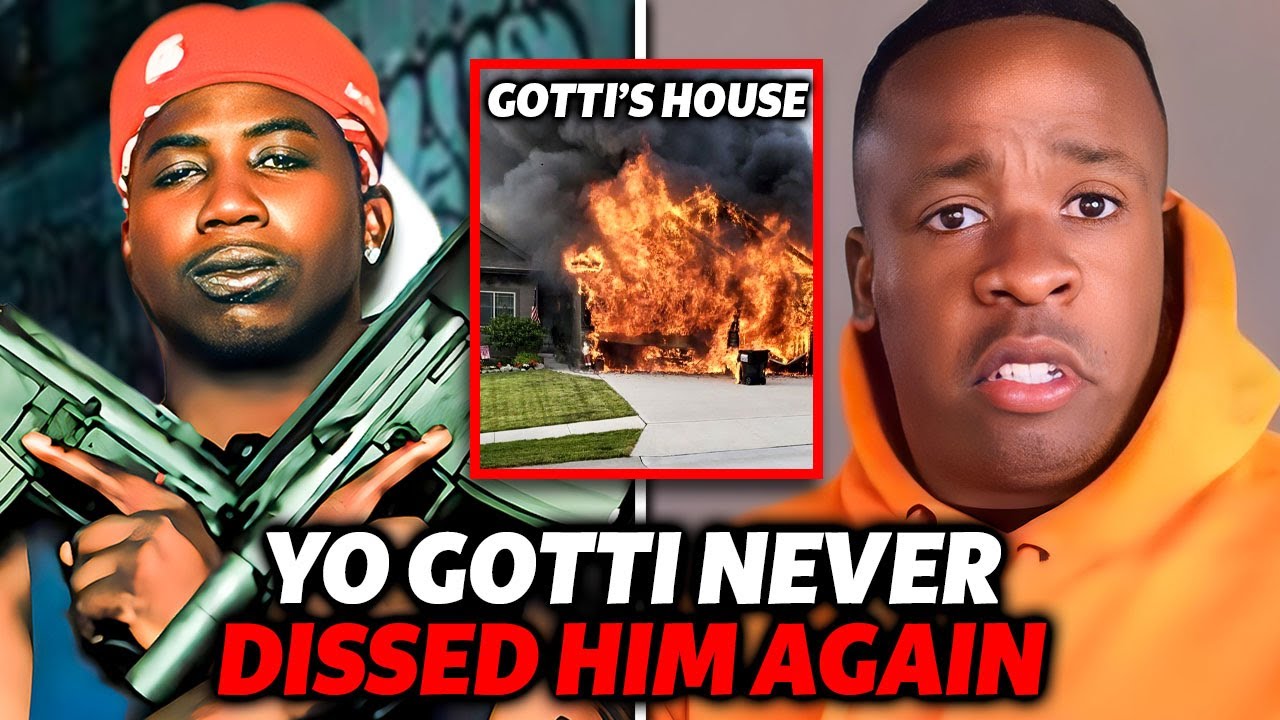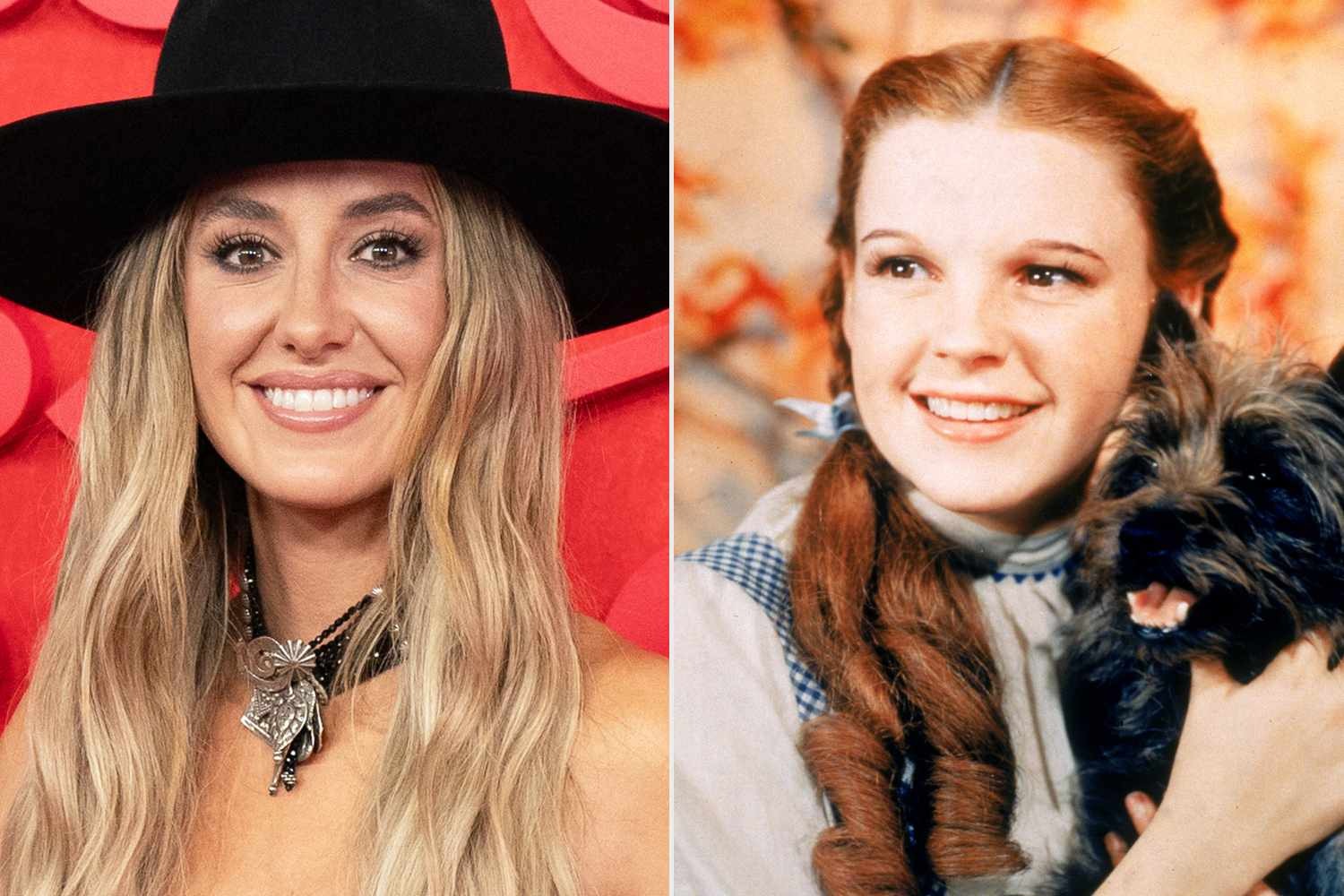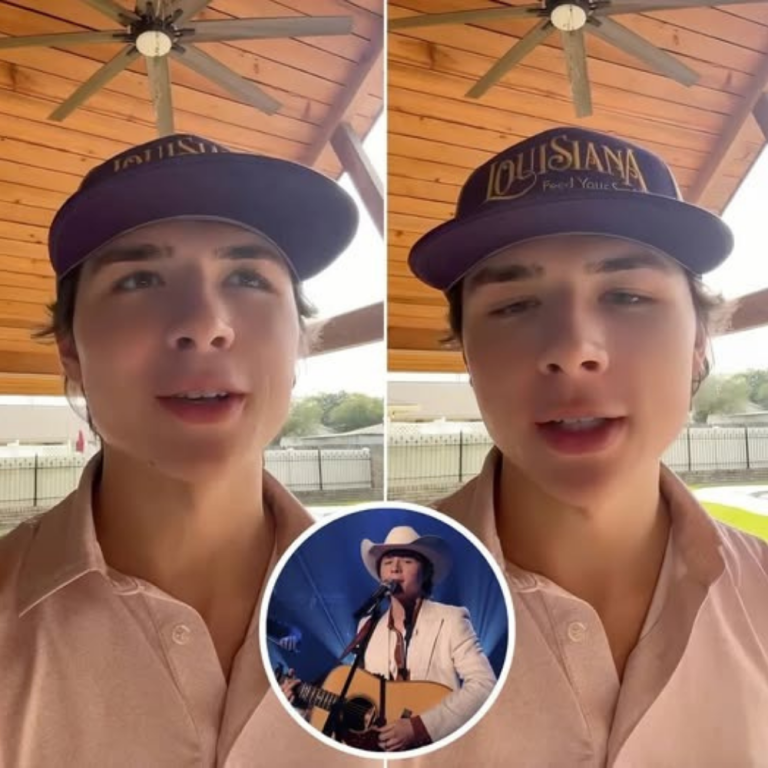The hip-hop world has always been rife with rivalries and beefs, but few have been as notable as the fallout between Yo Gotti and Gucci Mane. Their relationship, once rooted in mutual respect and collaboration, took a dramatic turn following a series of incidents that exposed the complexities of their friendship and the stakes of their respective careers.
 In October 2012, Gucci Mane was gearing up to release his highly anticipated mixtape, “Trap God,” on October 17th, a date that held significant meaning for him and his 1017 brand. On that same day, Yo Gotti announced the release of his own mixtape, “CM7: The World Is Yours.” While Gotti initially claimed ignorance of Gucci’s release date, the situation escalated quickly. After a failed attempt to reach out to Gucci, who did not respond to his calls, Gotti believed the two could share a moment of triumph by releasing their projects simultaneously. However, Gucci perceived Gotti’s actions as a blatant disrespect, feeling that Gotti was trying to capitalize on the importance of the 1017 brand.
In October 2012, Gucci Mane was gearing up to release his highly anticipated mixtape, “Trap God,” on October 17th, a date that held significant meaning for him and his 1017 brand. On that same day, Yo Gotti announced the release of his own mixtape, “CM7: The World Is Yours.” While Gotti initially claimed ignorance of Gucci’s release date, the situation escalated quickly. After a failed attempt to reach out to Gucci, who did not respond to his calls, Gotti believed the two could share a moment of triumph by releasing their projects simultaneously. However, Gucci perceived Gotti’s actions as a blatant disrespect, feeling that Gotti was trying to capitalize on the importance of the 1017 brand.
The tension mounted when Gucci expressed his disappointment publicly, stating that he had lost all respect for Gotti. Their friendship, which had been built on a foundation of shared struggles and collaborative efforts, was fractured. The discontent between them became further complicated by Gotti’s associations with Gucci’s rivals, particularly TI and Young Jeezy, a connection that infuriated Gucci.
The fallout was not merely a professional setback; it escalated into a personal feud marked by diss tracks and allegations. Gucci’s anger culminated in his track that called out not only Gotti but also other industry figures, signaling that their beef had crossed the line from music to personal vendetta. Gotti responded with his own diss track, “Have Mercy,” expressing his disappointment in Gucci’s reaction to their mixtape scheduling conflict.
The roots of their rivalry can be traced back to their individual hustles in the streets. Both artists emerged from challenging backgrounds—Gotti in North Memphis and Gucci in East Atlanta—where they built their brands from the ground up. Early collaborations, including tracks like “M Money” and “Bricks,” showcased their chemistry and street credibility. However, as both artists found success, their paths diverged, leading to the inevitable conflict.
Further complicating matters was Gotti’s alleged romantic involvement with Gucci’s then-girlfriend, Kesha Ka’oir, during a time when Gucci was incarcerated. This betrayal, whether intentional or not, added an emotional layer to their already strained relationship. The two artists found themselves on opposing sides, forced to choose between their careers and their past camaraderie.
The climax of their rivalry occurred one fateful night at a nightclub in Atlanta, where reports indicated a violent confrontation between their entourages. The incident solidified the reality that their beef had transcended music, impacting their careers and relationships within the industry. Following that night, booking both artists for the same event became nearly impossible, as the hip-hop community was forced to take sides.
In the years following their fallout, both Gucci and Gotti experienced significant personal and professional growth. Gucci, after battling addiction and legal troubles, emerged from prison as a reformed artist and entrepreneur. He revitalized his career, focusing on music and family, while Gotti continued to build his label and solidify his position in the industry.
Despite their tumultuous history, there remains a sense of hope that both artists could one day reconcile. As time passes and their respective successes continue to grow, it’s conceivable that they could find common ground and return to the studio together. The chemistry that once defined their collaborations has the potential to create new music that reflects their journeys and growth.
In the end, the saga of Yo Gotti and Gucci Mane is a testament to how personal and professional dynamics can shape the landscape of hip-hop. Their stories illustrate the complexities of friendship, loyalty, and rivalry in an industry that thrives on both collaboration and competition. With their legacies firmly established, the possibility of a future collaboration remains a tantalizing prospect for fans who remember the raw energy of their early work.






